RFID Reader 2M Range: Full Analysis of Applications, Advantages, and Usage
479depth exploration of the applications, advantages, and usage methods of RFID Reader 2M Range, offering a comprehensive understanding of this technology
MoreAll RFID Product
If you’ve ever walked through a warehouse where items move faster than people can count, or managed an industrial site where assets vanish unless someone’s watching 24/7 — then you already understand the pain that ultra high frequency RFID quietly solves every day.
In the RFID industry, there’s a simple rule: the higher the frequency, the farther you can see — and the more precise you need to be. UHF, or ultra high frequency RFID, operates roughly between 860 MHz and 960 MHz, and it’s what makes large-scale, automated identification possible. But the technology itself isn’t “magic.” It’s the result of years of antenna design, signal tuning, and practical problem-solving done by integrators and engineers who’ve had to make it work in the real world.
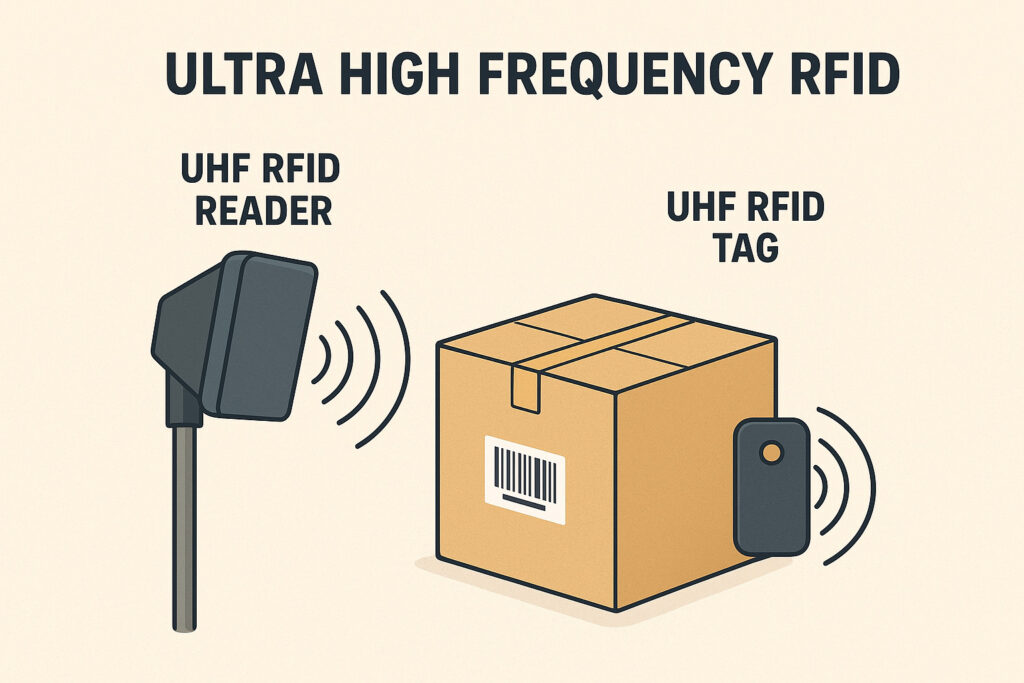
Every UHF RFID system is built around the same three pieces: a tag, a reader, and the software that connects them.
The tag carries a small chip and an antenna. When the reader sends out radio waves, the tag “wakes up,” harvests that energy, and reflects back its information. It doesn’t need a battery, it doesn’t need direct contact — just the right frequency and a bit of clean airspace between them.
Unlike low-frequency systems that rely on magnetic induction, UHF RFID works in the far-field region. That means it behaves more like a radio transmitter than a proximity sensor. The upside? You can read dozens or even hundreds of tags in a single sweep. The downside? Metal, water, and complex surroundings can turn that smooth wave into chaos.
That’s where good engineering comes in.
For solution providers, UHF RFID isn’t just about technical performance — it’s about scalability, integration, and economics.
So when you design or integrate an RFID solution today — whether for logistics, healthcare, retail, or manufacturing — UHF often ends up being the practical default. It’s the sweet spot between range, cost, and reliability.
Of course, any engineer who has deployed a UHF system knows the headaches that come with it.
The biggest challenge? Interference.
UHF signals hate metal surfaces. They also don’t play nicely with water, because water absorbs radio waves. That’s why a tag that works perfectly on a cardboard box can fail miserably when placed on a metal rack or a bottle of liquid detergent.
Solution providers typically work around this through a mix of antenna tuning, proper tag orientation, and shielding techniques. Sometimes, a small spacer layer between the tag and the metal surface is enough to restore performance. In more advanced cases, a specially designed on-metal tag or near-field UHF antenna may be required.
Then there’s regulatory tuning. Different regions of the world allocate slightly different UHF bands — for instance, 865–868 MHz in parts of Europe versus 902–928 MHz in North America. For integrators working on international deployments, that means frequency agility matters. Multi-band readers and tunable antennas are now common for this reason.
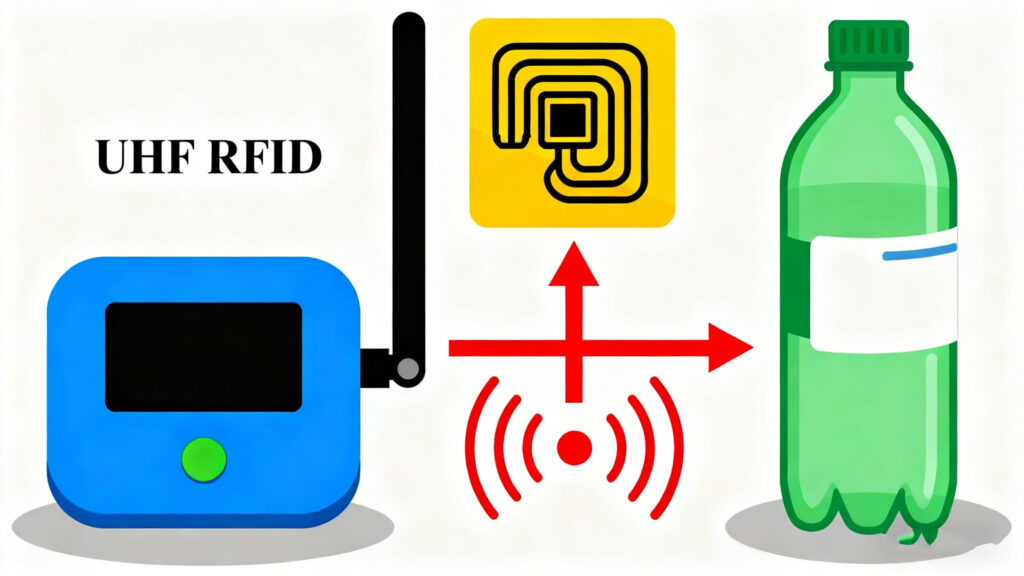
Look around a modern logistics hub and you’ll find UHF quietly doing its job everywhere — on pallets, forklifts, workstations, uniforms, even returnable containers.
In manufacturing, it’s used to track components through assembly lines. In healthcare, to monitor surgical instruments and prevent mix-ups. In retail, to count thousands of garments in a few seconds.
What makes UHF stand out isn’t the technology itself — it’s the consistency it brings to data collection.
When you can see every item moving in and out of your facility, in near real time, you can automate almost everything else on top of that: analytics, restocking, billing, security, compliance.
For RFID solution providers, that visibility is the product.
If you’re designing or deploying UHF systems, keep these real-world truths in mind:
UHF isn’t a plug-and-play miracle; it’s a finely tuned ecosystem. But when set up right, it delivers the kind of visibility and control that few other technologies can match.
Ultra high frequency RFID has become the backbone of modern tracking and identification systems — not because it’s the newest, but because it’s the most adaptable. For solution providers, it offers the perfect balance between range, cost, and flexibility.
It’s the frequency band that lets a warehouse see its inventory, a hospital find its equipment, and a logistics firm keep promises to its customers — all in real time.
So if you’re in the business of building RFID solutions, mastering UHF isn’t optional anymore. It’s the foundation that everything else stands on.
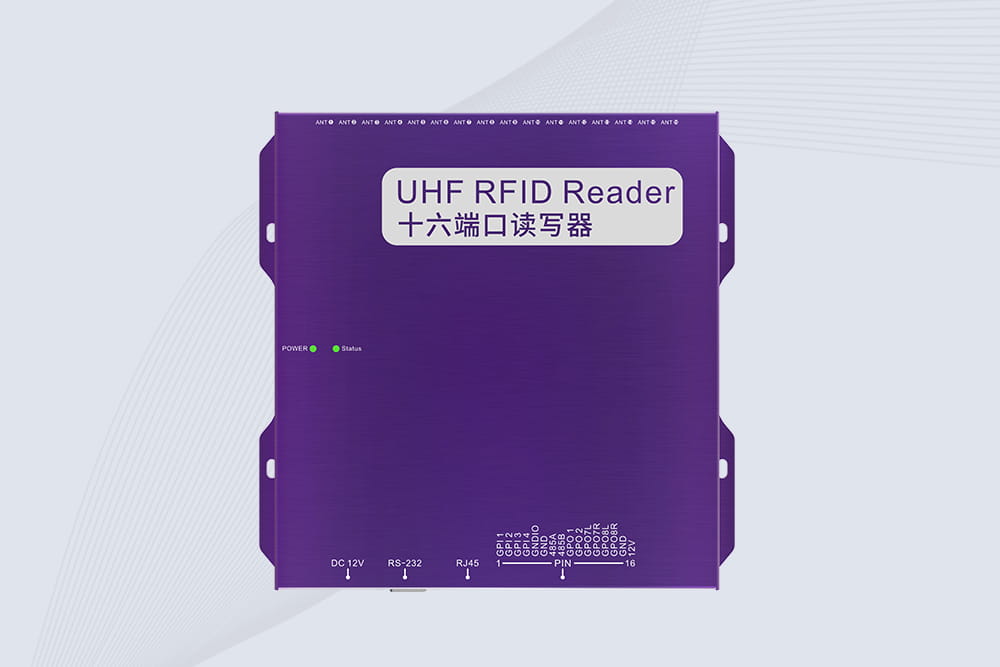
RFID Fixed Reader from CYKEO – the CK-R16L 16-port UHF fixed reader for warehouses, smart cabinets, and production lines. Long-range, multi-tag reading, stable performance for 24/7 industrial use.
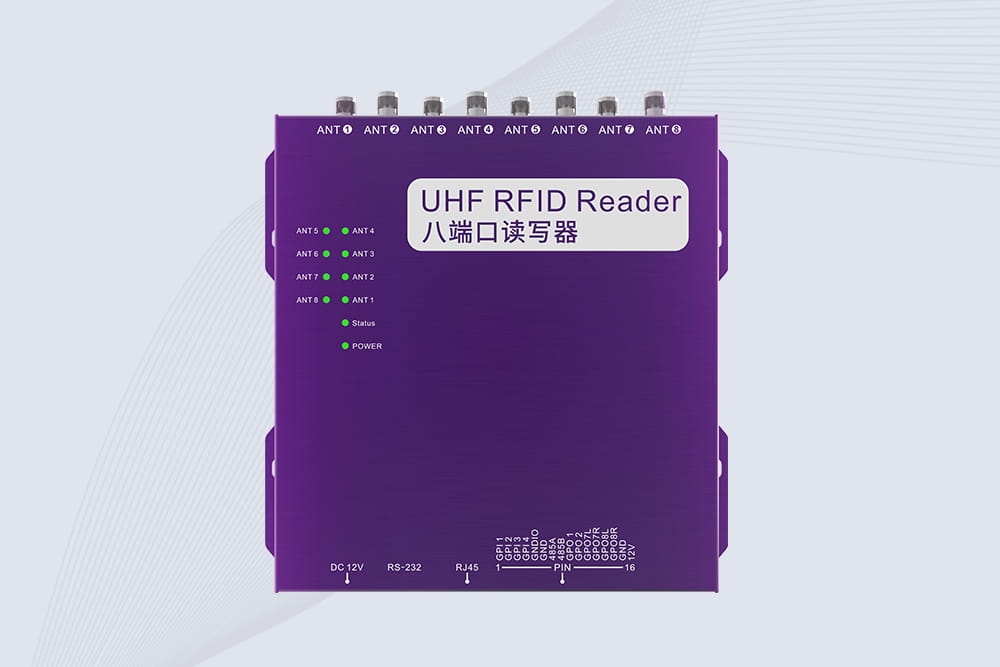
CYKEO CK-R8L Fixed RFID Reader with 8-port UHF design, Impinj-based RF core and up to 20m read range. An industrial Fixed RFID Reader for vehicle inspection, warehouse portals, smart manufacturing lines and secure access checkpoints.
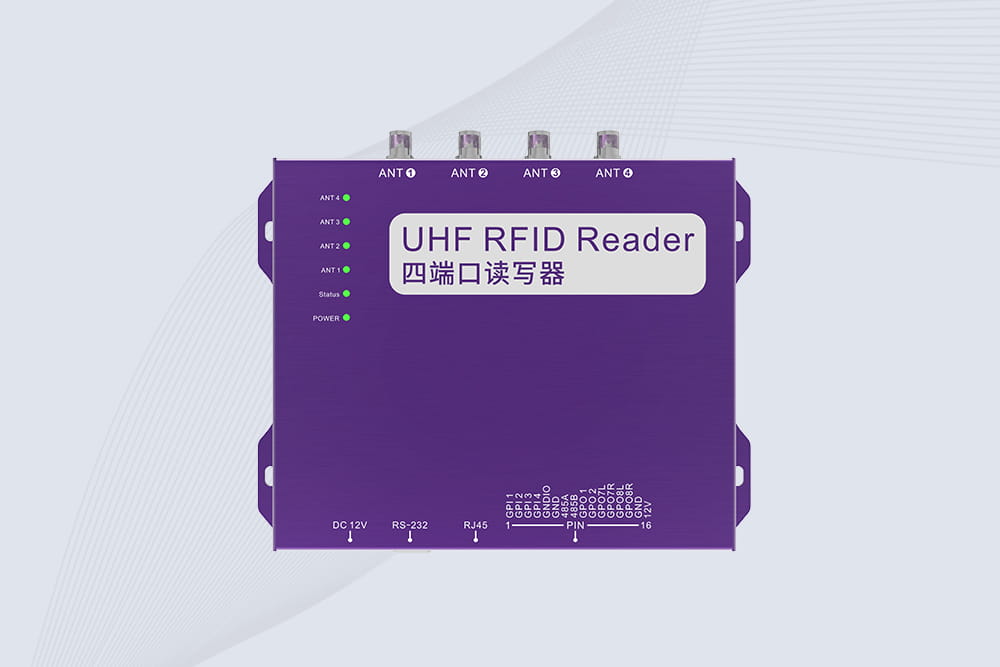
Cykeo’s CK-R4L 4-port Fixed UHF RFID Reader delivers 400 tags/sec scanning, ISO 18000-6C compliance, and IP65 protection. Ideal for warehouse automation, manufacturing WIP tracking, and logistics management.
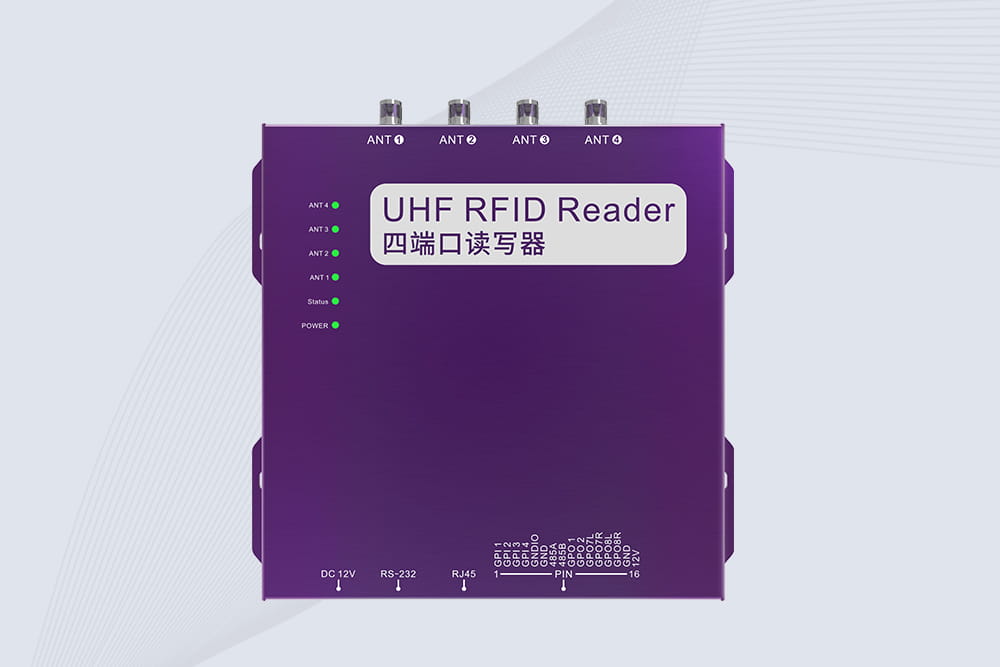
Cykeo CK-R4 industrial UHF RFID Fixed Reader features 4 TNC ports, 400+ tags/sec speed, IP67 housing, and global frequency compliance for vehicle inspection, smart warehouse, and asset management systems.
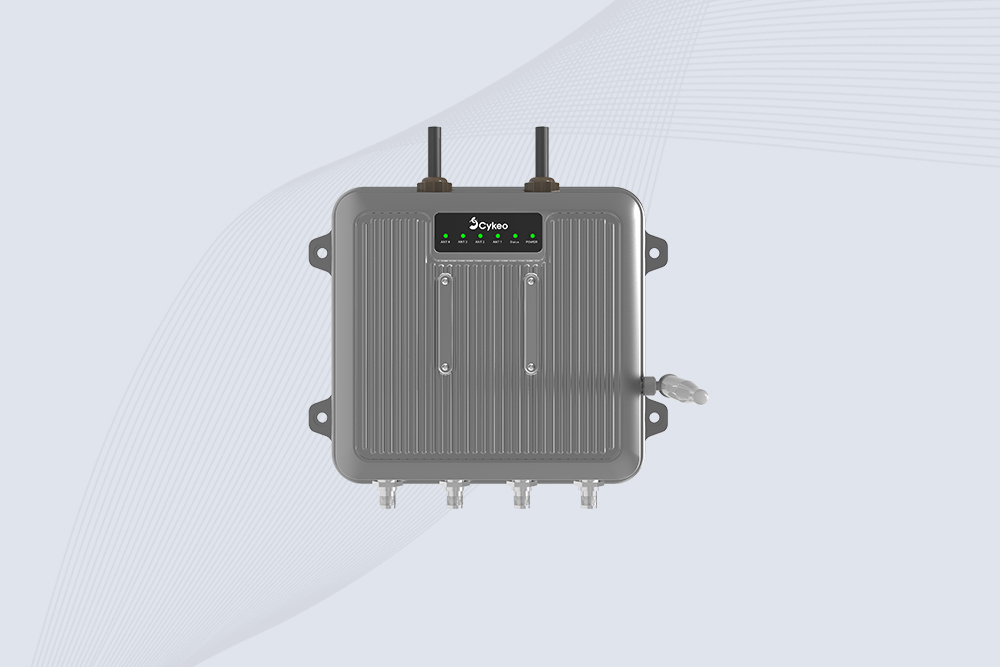
Cykeo CK-C1 industrial Forklift RFID Reader features 20m read range, 600 tags/sec scanning, Impinj R2000 chipset, and IP67 rugged design. Ideal for warehouse logistics and manufacturing. Supports ISO 18000-6C/6B protocols.
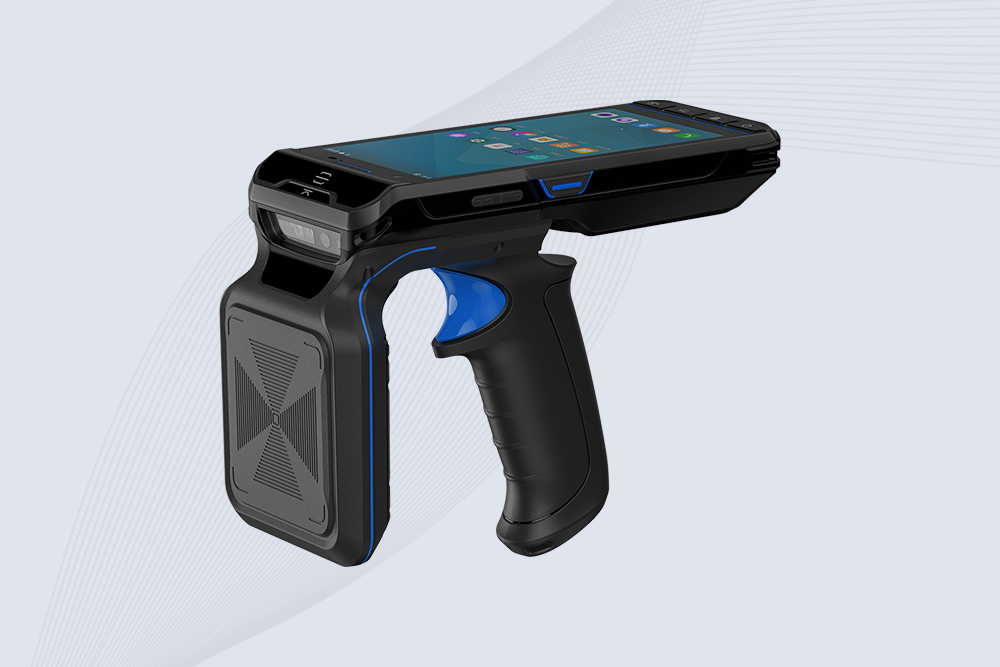
Cykeo CK-B3L industrial handheld UHF RFID Reader terminal features 20m read range, 500 tags/sec scanning, Android 13 OS, 12-hour battery for logistics/retail/manufacturing. Supports barcode/NFC/ID reading.
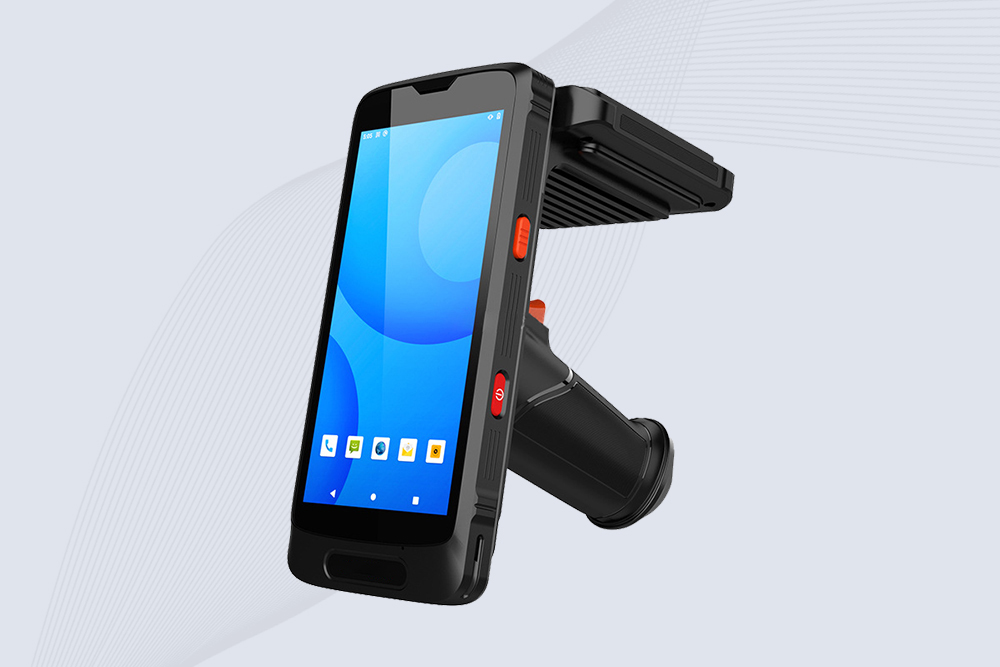
Cykeo CK-B3 industrial RFID Reader Handheld, terminal offers 2m read range, multi-protocol scanning (NFC/barcode/ID), Android 10 OS, and IP65 ruggedness for logistics/retail/manufacturing.
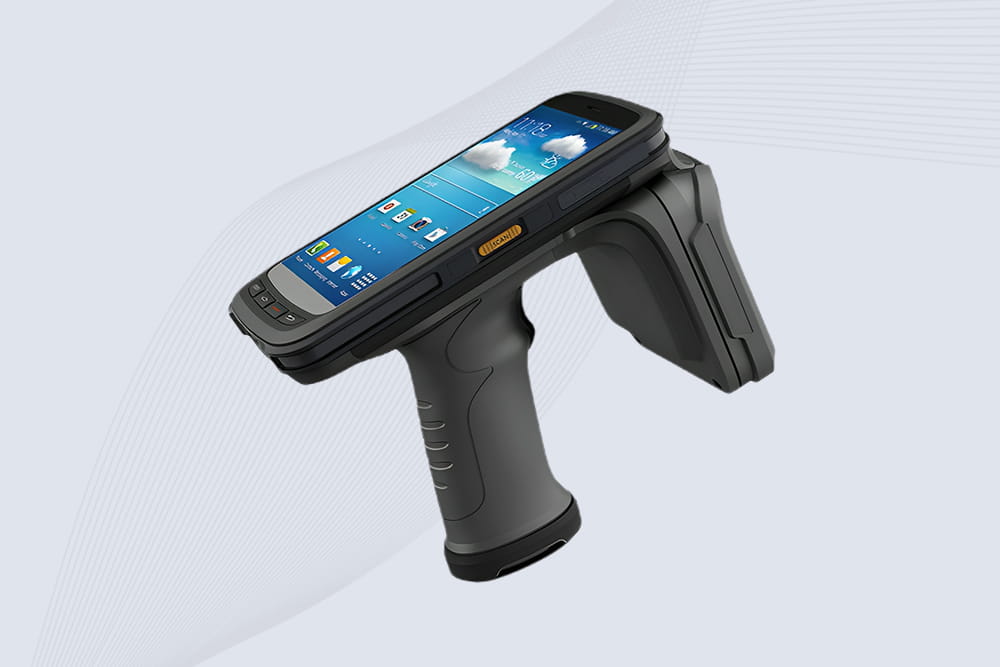
Cykeo CK-B2L industrial UHF RFID handheld offers 10m range, 500 tags/sec scanning, Android 11 OS, and IP65 rugged design for retail/warehouse/manufacturing.
depth exploration of the applications, advantages, and usage methods of RFID Reader 2M Range, offering a comprehensive understanding of this technology
MoreLearn how to test RFID tags using your iPhone. Discover Bluetooth reader options, free apps, and troubleshooting tips for quick verification.
MoreDiscover how the Cykeo CK-TP2A RFID Tunnel Channel Machine transforms warehouse operations with high-speed identification, automated receiving, outbound verification, and real-time inventory accuracy. Ideal for e-commerce, 3PL, manufacturing, and ...
MoreDiscover which is more expensive, RFID or barcode. We break down costs, use cases, and long-term savings for inventory management. Make informed decisions for your business.
More